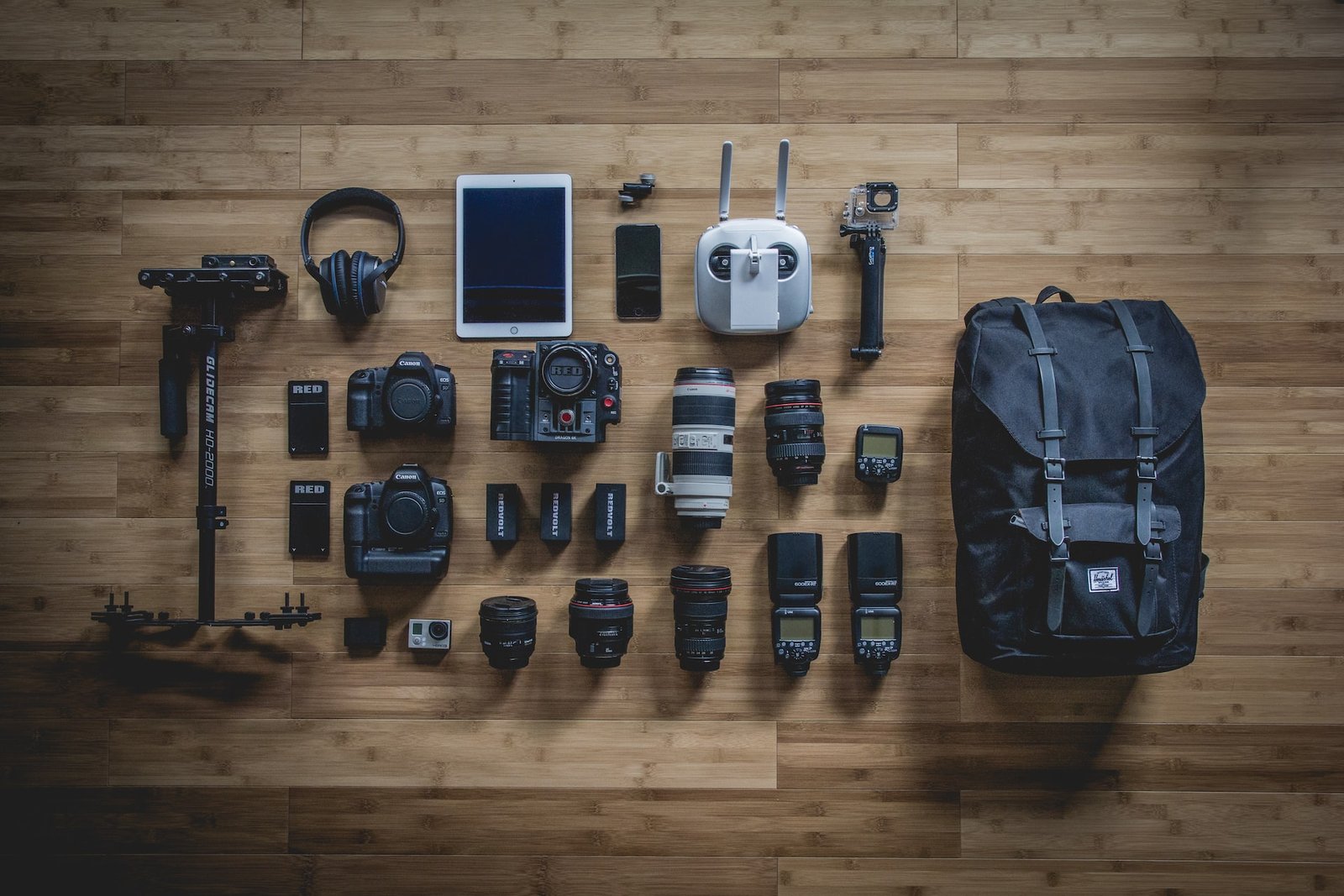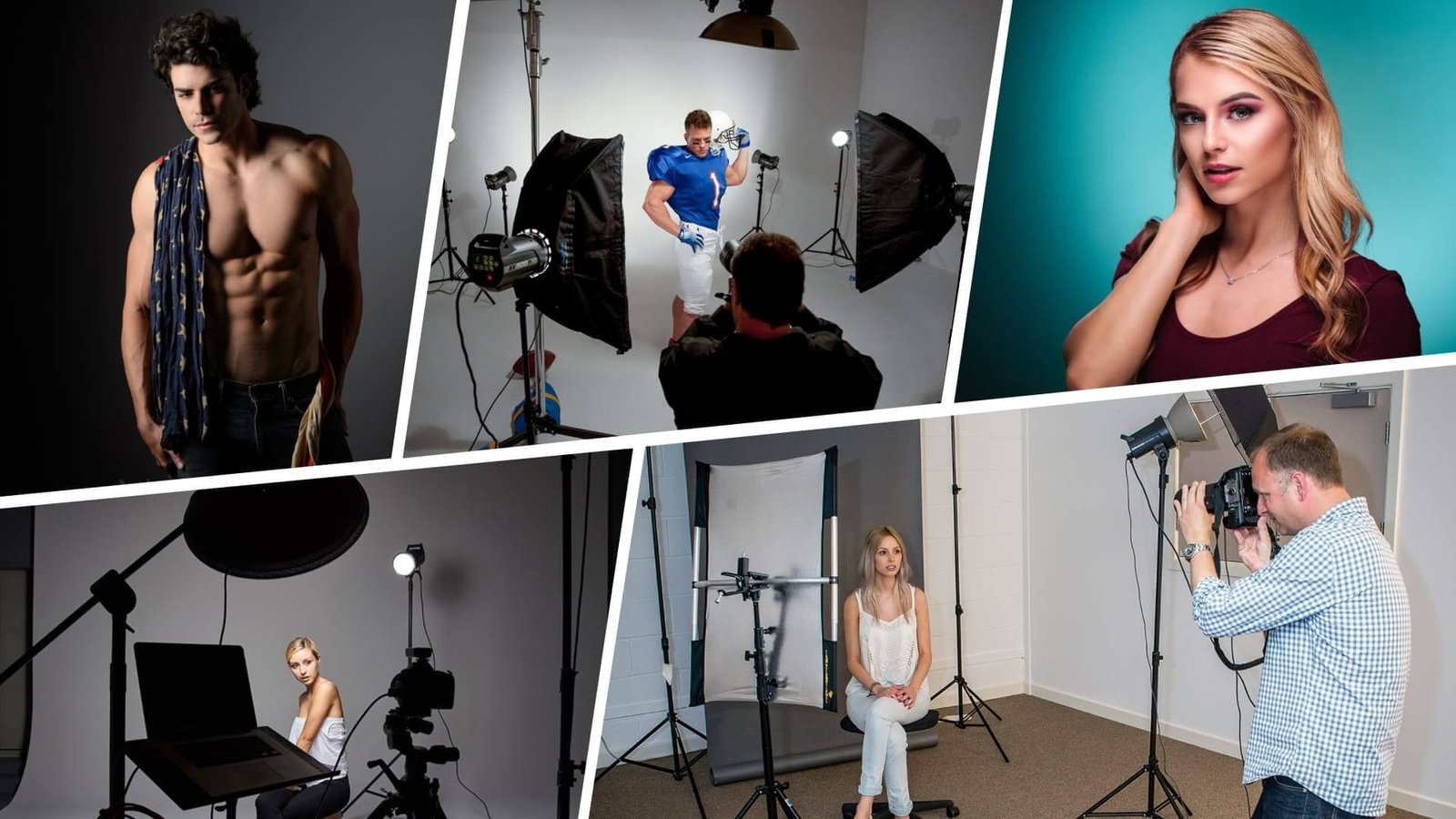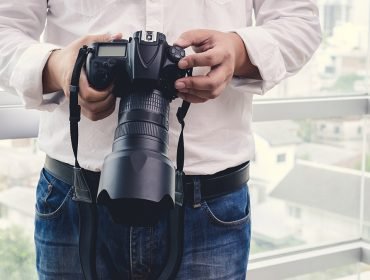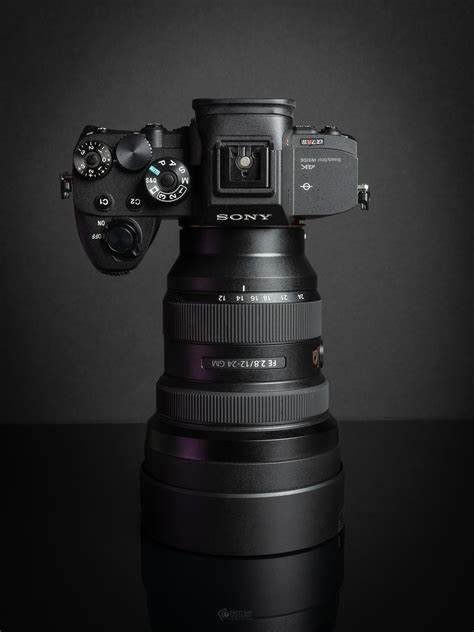Selecting the right camera bag is crucial for protecting your gear and ensuring you have everything you need readily accessible. Here’s a guide to help you choose the perfect camera bag for your equipment.

Determine Your Gear Needs
Start by assessing the amount and type of gear you carry. Different bags are designed for different types of equipment and activities.
Key Considerations:
- Camera Body and Lenses: Consider how many camera bodies and lenses you need to carry. Ensure the bag has sufficient compartments and padding to accommodate them.
- Accessories: Think about additional items such as memory cards, batteries, and chargers. The bag should have pockets or compartments for these accessories.
- Other Equipment: If you carry a tripod, laptop, or other equipment, check for dedicated spaces or straps in the bag.
Benefits:
- Ensures you have the right space for all your gear
- Helps keep your equipment organized and accessible
Consider the Type of Bag
Camera bags come in various styles, each suited for different purposes and preferences.
Key Types:
- Backpacks: Ideal for carrying multiple pieces of equipment comfortably. They offer ample storage and distribute weight evenly.
- Shoulder Bags: Convenient for quick access to your gear. They are ideal for casual shoots but may not offer as much padding as other types.
- Messenger Bags: Stylish and functional, offering easy access and often used for urban photography. They might lack some protection and space.
- Hard Cases: Provide maximum protection for your gear, suitable for travel or rugged environments. They can be bulkier and less flexible.
- Camera Holsters: Designed for carrying a single camera and lens. They offer quick access but limited storage.
Benefits:
- Aligns with your shooting style and needs
- Ensures comfort and functionality
Check for Protection and Padding
Protection is essential to keep your equipment safe from bumps, drops, and environmental factors.
Key Features:
- Padded Dividers: Ensure the bag has adjustable padded dividers to customize the layout and protect individual pieces of gear.
- Weather Resistance: Look for weather-resistant or waterproof materials to protect your gear from rain and dust.
- Shock Absorption: Consider bags with additional padding or foam to absorb impacts and prevent damage.
Benefits:
- Safeguards your equipment from damage
- Ensures your gear stays in good condition
Evaluate Comfort and Ergonomics
Comfort is crucial, especially if you’re carrying your bag for extended periods.
Key Features:
- Adjustable Straps: Ensure the bag has adjustable, padded shoulder straps and/or a chest strap for even weight distribution.
- Breathable Materials: Look for breathable materials on the back panel to keep you cool and comfortable.
- Weight: Consider the bag’s weight when empty. A lighter bag reduces the overall load you carry.
Benefits:
- Enhances comfort during long shoots or travel
- Reduces strain on your body
Assess Organization and Accessibility
Efficient organization helps you quickly find and access your gear, making your shooting experience smoother.
Key Features:
- Multiple Compartments: Choose a bag with various compartments for cameras, lenses, and accessories.
- Easy Access: Look for features like quick-access pockets or top-loading openings that allow you to grab your camera quickly.
- Customizable Layout: A bag with adjustable dividers allows you to rearrange the interior based on your current needs.
Benefits:
- Streamlines your workflow
- Ensures you can easily access gear when needed
Consider Style and Aesthetics
While functionality is crucial, the style of the bag also matters, especially if you prefer a bag that complements your personal style or is less conspicuous.
Key Considerations:
- Design: Choose a design that fits your taste, whether you prefer a sleek, modern look or a more classic style.
- Color: Consider colors that match your style or help the bag blend in with your environment.
Benefits:
- Enhances your personal style
- Ensures you feel good about carrying your bag
Conclusion
Selecting the perfect camera bag involves considering your gear needs, the type of bag, protection and padding, comfort, organization, and style. By evaluating these factors, you can find a camera bag that not only protects your equipment but also enhances your photography experience. Invest in a bag that suits your needs and preferences to ensure your gear stays safe and accessible, allowing you to focus on capturing stunning photos.











